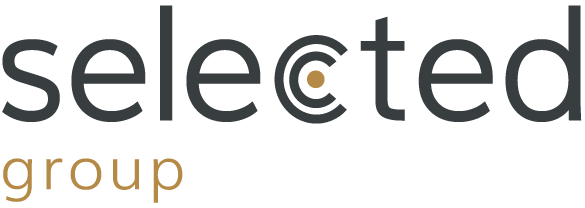The market is skewed: now it's time to be careful with passive investing
By David Bakkegaard Karsbøl
When looking at the types of investments that have attracted the most capital in recent years, passive funds with index-linked products increasingly dominate. Many investors have been driven by the desire for lower costs and near-market returns after several years in the wake of the financial crisis, where active and expensive investment strategies have typically performed poorly.
By definition, more investments in passive products flow into the market in the same proportion as the stocks in an index have weights. These index weights are typically based on the market capitalization of the stocks. So large and expensive stocks are the most heavily weighted in typical passive management indices. These could be the MSCI World or the S&P500 or the FTSE100.
Therefore, by becoming so dominant, passive investing helps to support investments in large and expensive stocks, which have historically been some of the worst investments. In the years following the financial crisis, there is reason to believe that the now very large passive investment flows have thus created a relative bubble in large and expensive stocks.
The situation at the end of 2021 was that large and expensive stocks were more extremely (highly) valued relative to the broad market than at the start of the IT bubble at the end of 1999, and it is therefore not surprising that we have subsequently seen such large declines in this particular segment (Netflix, Tesla, Meta, Amazon, etc.).
Conversely, traditional investment strategies based on the Value (cheap stocks), Quality (high earnings to assets ratio) and Low Volatility (stable earnings on low debt) factors in particular performed well in 2022.
Although it seems incredible, going into 2023 the market is still largely skewed in favor of traditional investment strategies. Value stocks in particular look almost unimaginably cheap, indicating that long-term investors can achieve historically high excess returns in this segment of the equity market. The other factors such as Momentum, Quality, SmallCap and - to some extent - Low Volatility also look quite attractive.
As a long-term investor, you should therefore consider carefully whether you want a passive exposure to the equity market, which can be implemented at low cost, but which in reality will also guarantee returns that are significantly below what traditional factor-based investment strategies can provide.
As a starting point, a broad and low-cost exposure to the world market would give investors the prospect of a return of around 6% per year over the next 10 years. If you instead invest in value and small-cap stocks in particular, you will probably be able to achieve 3-5% higher returns per year.


